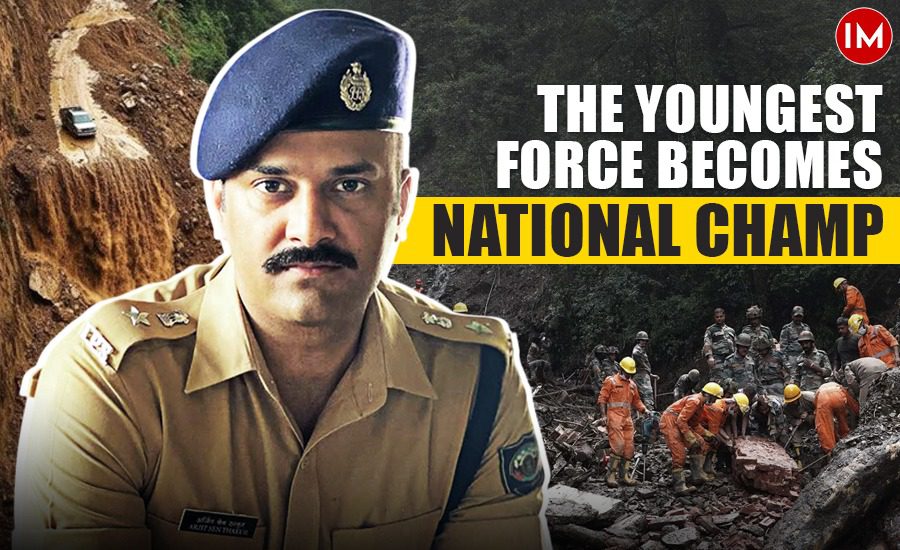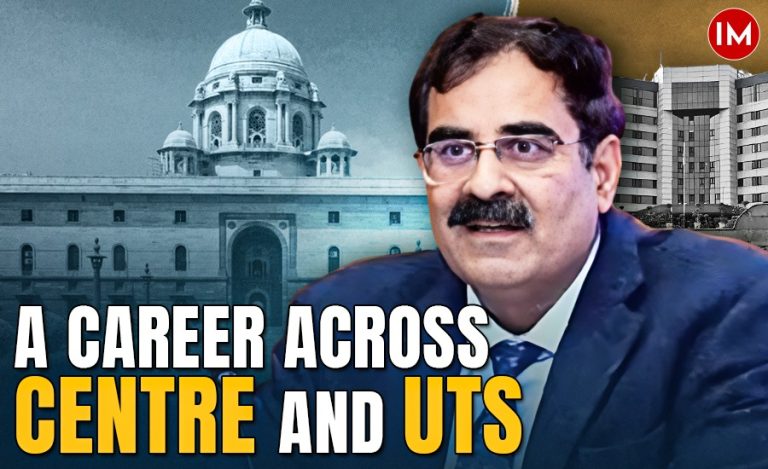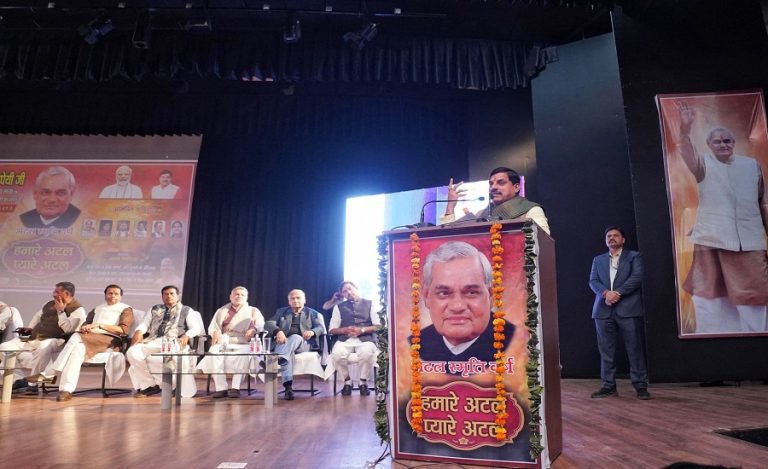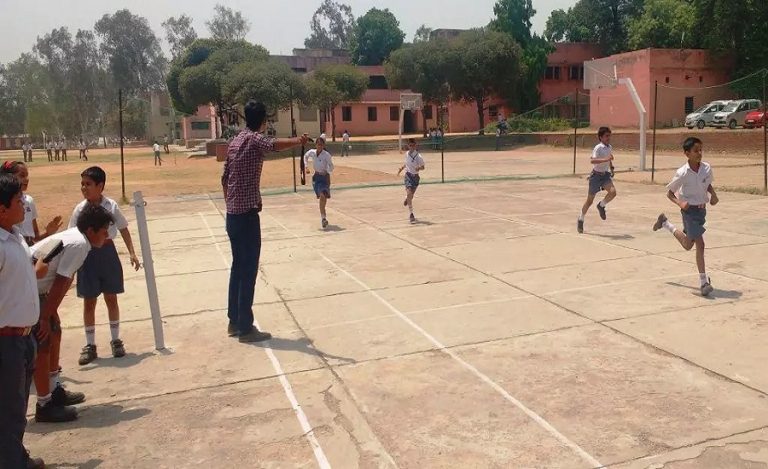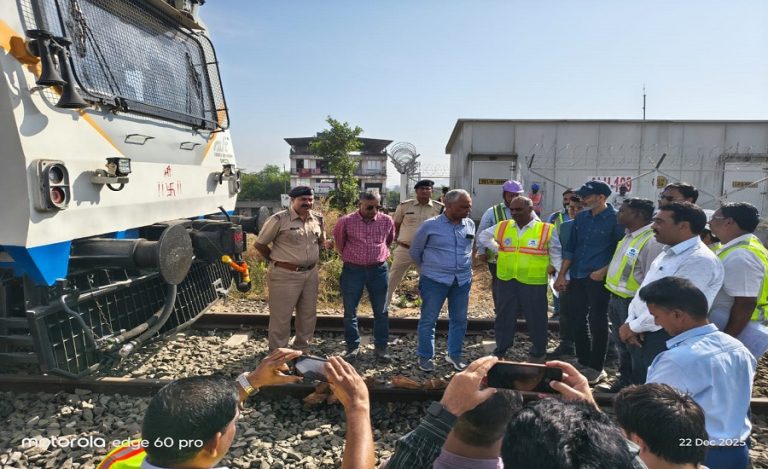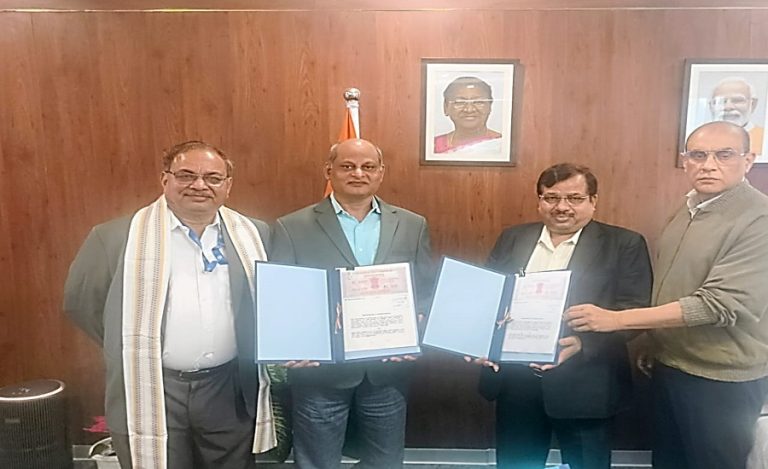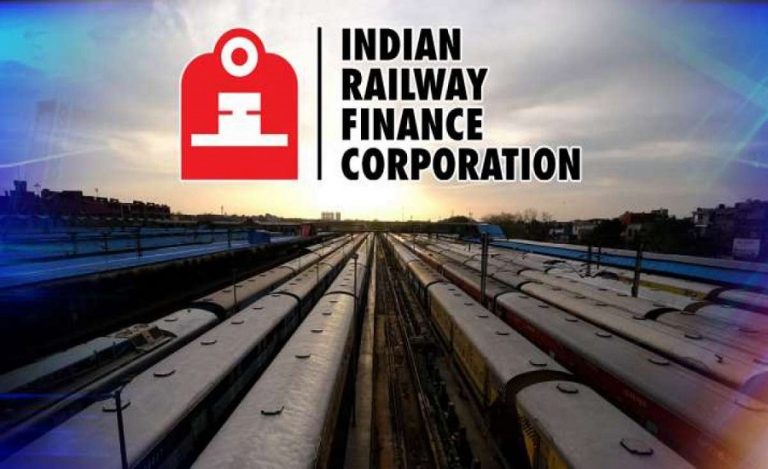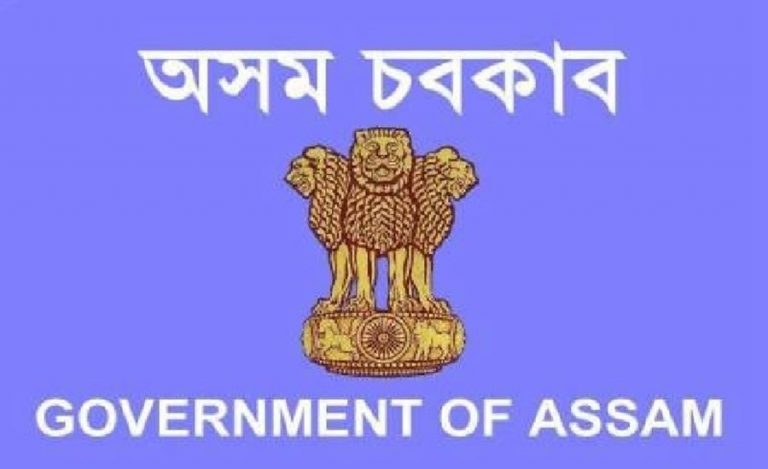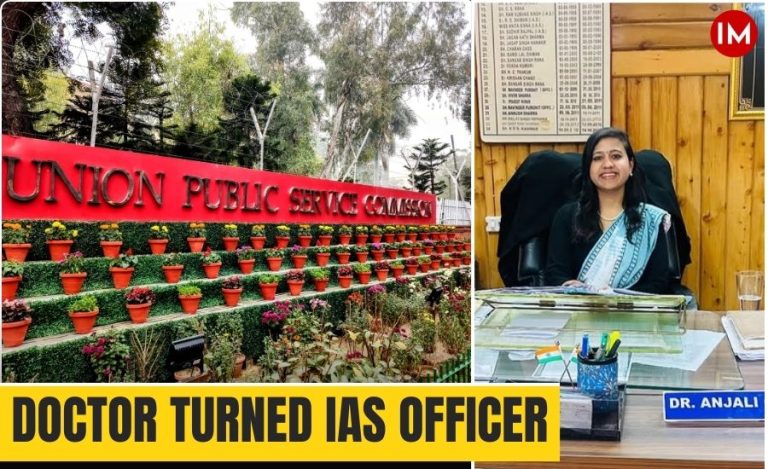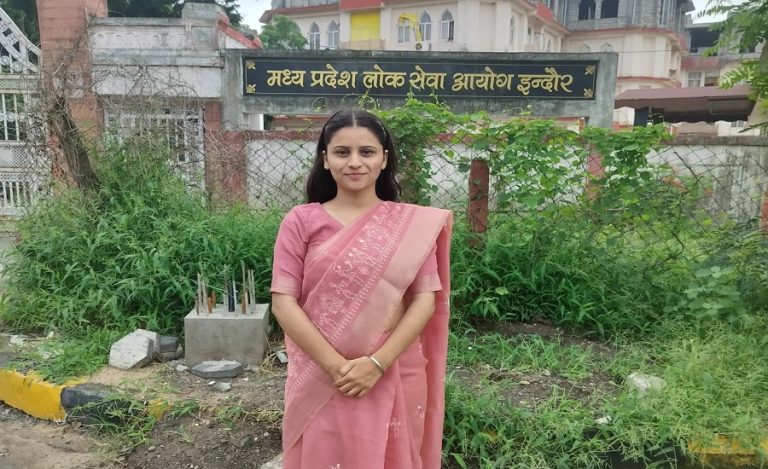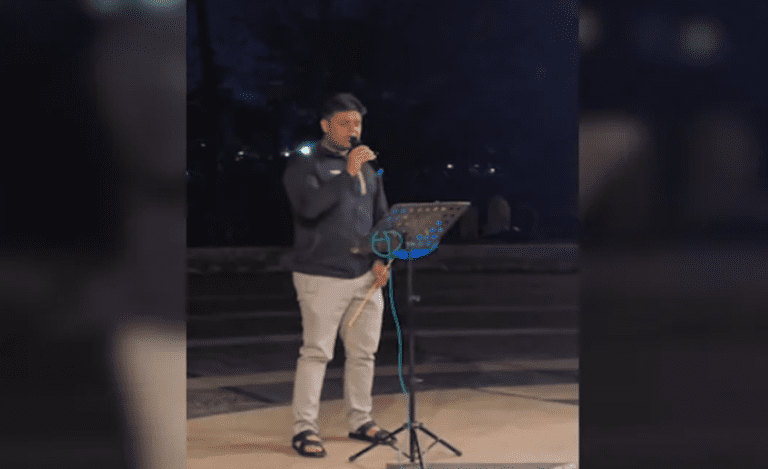Landslides, cloudbursts, avalanches and flash floods cause maximum damage in mountainous region of the country, especially Uttarakhand and Himachal Pradesh. The loss of lives and property are caused by the collapse of buildings, bridges and roads. National Disaster Response Force (NDRF) has been saving lives from collapsed structures. But, to reduce the response time, several states have formed their own disaster response force.
NDRF recently organised a Collapsed Structure Search and Rescue (CSRR) competition among SDRFs of various states to test the specialized skills required to save lives in the aftermath of structural collapses. Himachal Pradesh State Disaster Response Force led by Superintendent of Police (SP), Mr Arjit Sen Thakur, an IPS of 2013 batch from Himachal Pradesh cadre, emerged the winner in the competition.
The competition’s objectives were multifaceted, aiming to enhance the operational skills of rescue personnel through simulated exercises, facilitate the exchange of knowledge and best practices among different state teams, improve coordination in multi-agency response efforts, and foster innovative approaches to disaster response techniques.
The competition adopted a rigorous two-stage procedure to identify the most proficient teams from across the country. The initial Regional Level competitions were conducted at four NDRF battalion locations. Two top teams from each regional contest qualified for the national competition in Ghaziabad. The contestants were from Himachal Pradesh, Uttarakhand, Andhra Pradesh, Odisha, Nagaland, Maharashtra, West Bengal, and Daman and Diu.
The challenges presented during these competitions were designed to replicate real-world disaster scenarios. It required the participants to engage in simulated search and rescue operations, provide immediate medical emergency response, and maintain effective communication under pressure. They showcased exceptional skill and coordination, securing hazardous sites, using victim-locating cameras and advanced equipment, and deploying K9 teams for efficient search and rescue.
Competition Mode and Procedure
The CSRR competition followed standard protocols for search and rescue exercises, based on NDRF’s training frameworks. Such competitions simulate disaster scenarios where teams must:
- Locate Victims: Navigate through simulated rubble using tools like search cameras, acoustic sensors, and trained search dogs to identify trapped individuals.
- Stabilize Structures: Secure unstable structures to prevent further collapse, ensuring the safety of rescuers and victims.
- Extricate Victims: Use hydraulic tools, cutting devices, and lifting equipment to safely rescue trapped individuals.
- Coordinate Effectively: Demonstrate seamless communication and teamwork under time constraints.
- Perform Efficiently: Complete tasks within a set timeframe, with performance judged on speed, accuracy, and adherence to safety protocols.
The competition included timed challenges, with teams evaluated on their technical proficiency, decision-making, and ability to operate under pressure. The HPSDRF’s use of state-of-the-art equipment, such as hydraulic cutters and thermal imaging devices, gave them an edge.
In a testament to their dedication and rigorous training, the Himachal Pradesh SDRF team emerged as the champions of the National CSRR Competition 2025. The winning contingent comprised 18 skilled members representing the Shimla, Mandi, and Kangra companies. For their remarkable achievement, the HP-SDRF team was awarded a cash prize of one lakh rupees, medals, and the coveted winner’s trophy. Uttarakhand SDRF and Andhra Pradesh SDRF teams secured the second and third positions, respectively.
The award ceremony, originally planned in Delhi under the chairmanship of Union Home Minister Amit Shah, was canceled due to a terror attack in Pahalgam, Jammu and Kashmir, reflecting the unpredictable nature of disaster response work.
Prior to the regional competition, the 14th Battalion of the NDRF provided a crucial seven-day training session to the HP-SDRF team at their Battalion HQ campus in Jassur, Nurpur.
This initial training proved instrumental in their success at the regional level, paving the way for their national triumph. Following their regional victory, the team underwent a further intensive 25-day training program. The dedication of the NDRF mentor trainers, coupled with the hard work and commitment of the Himachal Pradesh SDRF team members, played a pivotal role in their ultimate success.
Furthermore, the modern equipment procured by the Himachal Pradesh government for the SDRF was showcased during the competition in Ghaziabad, demonstrating the state’s investment in enhancing its disaster response capabilities. This emphasis on both rigorous training and the provision of advanced resources appears to be a significant factor contributing to the Himachal Pradesh SDRF’s commendable performance. Continued emphasis on such capacity-building initiatives is crucial for ensuring a safer and more disaster-resilient India, where state and national forces work in synergy to protect lives and property, Mr Arjit Sen Thakur, SP, Himachal Pradesh State Disaster Response Force told Indian Masterminds.
Himachal Pradesh Chief Minister Sukhvinder Singh Sukhu lauded the team’s achievement, emphasizing the state’s vulnerability to natural disasters like earthquakes, landslides, and floods. He credited their success to rigorous training and the state’s investment of Rs. 12 crore in modern equipment, including advanced rescue tools and communication systems. The victory underscored Himachal Pradesh’s commitment to bolstering its disaster response capabilities, with plans to further enhance the SDRF through initiatives like establishing a dog squad for rescue operations.
YOUNG FORCE, BIG ACHIEVEMENT
Himachal Pradesh SDRF (HPSDRF) was established in 2020.The competition was scenario-based, testing multi-hazard responses likeearthquake, fire, floods, etc. HPSDRF outperformed experienced forces like Uttarakhand andOdisha.
210 personnel are currently serving with around 40 vacancies. Personnel are trained in basic mountaineering, deep diving, water rescue operations, advanced search and rescue techniques, including use of victim-locating cameras, concrete-cutting tools, and dog squads. The state had already procured equipment worth Rs 9–10 crores.
MONSOON PREPAREDNESS:
Given that Himachal is a tourist-heavy, mountainous state prone to floods, landslides, earthquakes, and cloudbursts, strengthening disaster response is crucial not only for safety but also for maintaining tourist confidence and protecting the state’s economy. In preparation for the challenging monsoon season, HPSDRF has mapped vulnerable hotspots, enhanced communication tools like satellite phones, and intensified community awareness programs. Last year alone, they organized over 500 such initiatives to educate locals about safety practices during disasters, Mr Thakur told Indian Masterminds.
The ultimate goal, however, goes beyond response – it is to build community resilience. HPSDRF believes that true success lies in training civilians to manage disasters themselves, minimizing loss of life before formal help arrives.
VISION FOR THE FUTURE
HPSDRF plans to empower communities who can handle initial disaster response themselves. They have customized community training programs based on needs assessments and have introduced disaster preparedness education in schools, aiming to replicate successful models like Japan’s.
Additionally, they have formed a volunteer force within civil defence to assist with logistics, documentation, and base operations during emergencies. This community-driven, systematic approach not only strengthens disaster preparedness but also fosters a culture of resilience and self-reliance.

